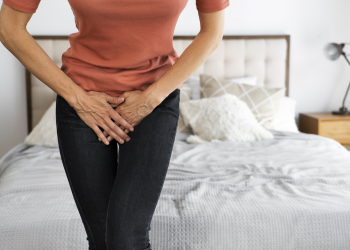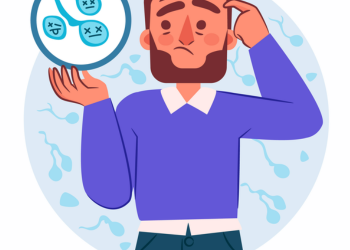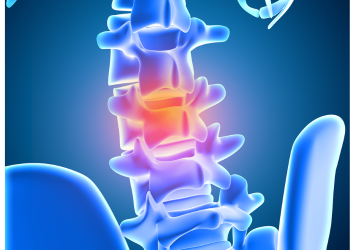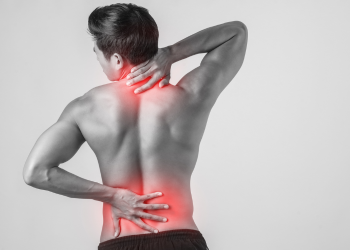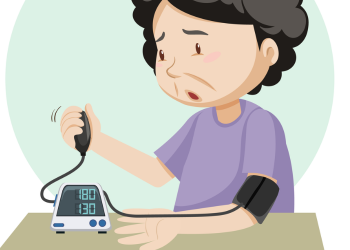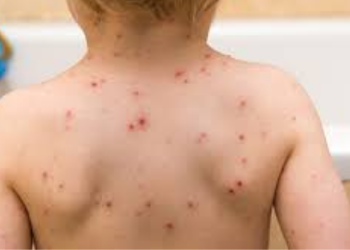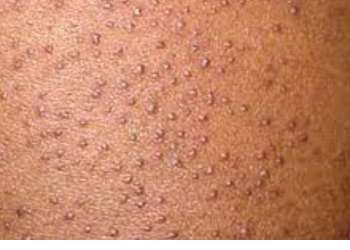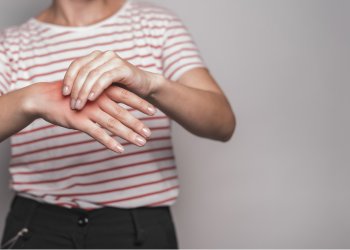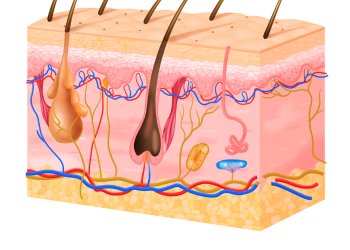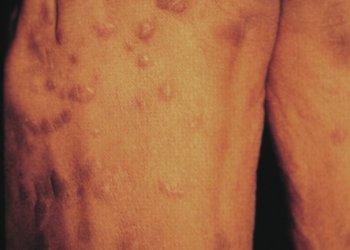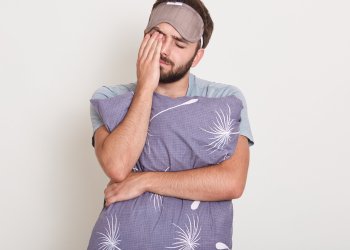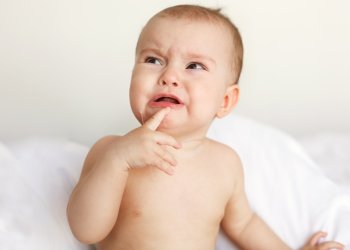
Acute otitis media is an infection of
the air-filled space behind the eardrum, known as the middle ear. Children are
more likely than adults to get ear infections. Ear infections often clear up on
their own. So, treatment might begin with managing pain.
In an ear infection, narrow
tubes that run from the middle ear to high in the back of the throat, also
known as eustachian tubes, can become swollen and blocked. This can lead to
mucus buildup in the middle ear. This mucus can become infected and cause ear
infection symptoms
SYMPTOMS
Ear infection
symptoms in children
Ear pain.
Tugging at an ear.
Trouble sleeping.
Crying more than usual.
Fussiness.
Trouble hearing or replying to sounds.
Loss of balance.
Fever.
Fluid coming from the ear, which can be
from ruptured ear drum.
Headache.
Loss of appetite.
Adults
Ear pain or pressure.
Fluid coming from the ear, which can be
from a torn ear drum.
Trouble hearing.
Swollen
eustachian tubes can become blocked, causing fluids to build up in the middle
ear. This fluid can become infected and cause the symptoms of an ear infection.
In young
children, these tubes are narrower. As a result, they're harder to drain and
more likely to get clogged
Two small pads of tissue high in the
back of the nose, also known as adenoids, help fight off infectionAdenoids are
near the opening of the eustachian tubes. Swelling of the adenoids can block
the tubes. This can lead to middle ear infection, especially in children.
Otitis media with effusion. This
is due to a fluid buildup, known as effusion, in the middle ear. This can
happen if fluid stays in the middle ear after an ear infection has gotten
better. It might also happen because of some other cause of the eustachian
tubes being blocked.
Chronic
suppurative otitis media. This is an ear infection that doesn't go away
with the usual treatments. It can lead to a hole in the eardrum.
RISK FACTORS
Age. Children between the ages of
6 months and 2 years are more likely
Group child care. Children in
group settings come into contact with more infections, such as the common cold.
Bottle feeding.
Seasons. Ear infections are most
common during the fall and winter.
Poor air quality. tobacco smoke
or a lot of air pollution, have a higher
risk of ear infections.
Cleft palate
COMPLICATIONS
Hearing loss. Mild hearing loss is
common with an ear infection.
Delays in speech or development.
Spread of infection, an ear infection
can cause infection of the bony section behind the ear, known as mastoiditis. Also,
rarely, serious middle ear infections can spread to other tissues and may even
cause meningitis
Tearing of the eardrum. Most
eardrum tears heal within 72 hours.
PREVENTION
Prevent colds and other illnesses. Teach
children to wash their hands often and well. Tell children not to share cups,
forks and spoons.
Avoid second-hand smoke. stay in
places that are smoke-free.
Breastfeed.
Hold bottle-fed babies upright while
they feed. Don't put bottles in the crib with a baby.
HOMEOPATHIC
MEDICINES
SILICEA
MERCURIUS SOLUBLIS
BELLADONNA
FAQS
How to make an earache
stop?
Place a cold pack or cold, wet washcloth on the outer ear for 20 minutes
to reduce pain. Chewing may help relieve the pain and pressure of an ear
infection. (Gum can be a choking hazard for young children.) Resting in an
upright position instead of lying down can reduce pressure in the middle ear
What causes pain in the outer ear?
External ear pain can be due to several factors, including trauma,
sunburn, acute folliculitis, contact dermatitis, shingles, and other skin
conditions.
How to sleep
with ear pain?
Sleeping sitting up can allow fluid in your ear to drain more easily, as
well as easing pressure and pain in your middle ear, the likely source of the
infection itself. Try propping yourself up on a stack of pillows, or better yet,
sleep in a reclining sofa or armchair

